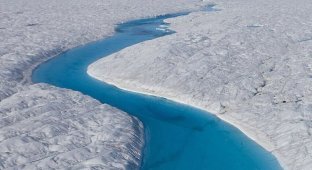An amazing river of Antarctica: disappears and appears like a phoenix (9 photos)
Every year, a river with the “precious” name Onyx begins to flow across the expanses of Antarctica. The longest on the mainland, 30 kilometers long, it exists for only two months - February and March. Then it freezes, only to come to life again a year later. If, of course, you are lucky and the summer is warm enough for the ice to melt. 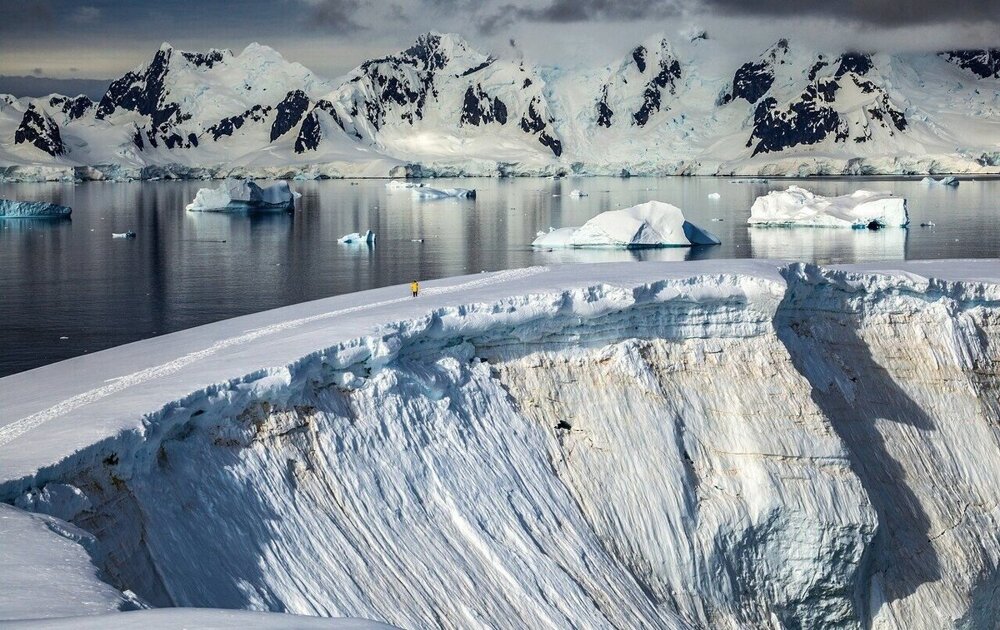
Onyx owes its birth to the melting of ice and snow that occurs in the Antarctic summer. When the air temperature drops much below zero and the water freezes, the river disappears.
The mystery of Onyx remains why its level can fluctuate greatly during the day.
Wright Valley
You can admire the clean river in places of “eternal” winter in Victoria Land, in the dry valleys of McMurdo. This part of the continent is located on the side of the continent that is opposite New Zealand. 
On the way of the river there are also lakes
There is almost no snow here. It is simply blown away by hurricane winds whose speed reaches 150 kilometers per hour. The wind dries out the rocky valleys, turning them into Antarctic deserts, strewn with medium-sized and small stones, among which large boulders are occasionally found.
This is one of the so-called oases of the continent. This is the name given to areas where the average temperature is several degrees higher than in neighboring zones. Oases mainly house research stations. Scientists discover living microorganisms, algae and even plants. 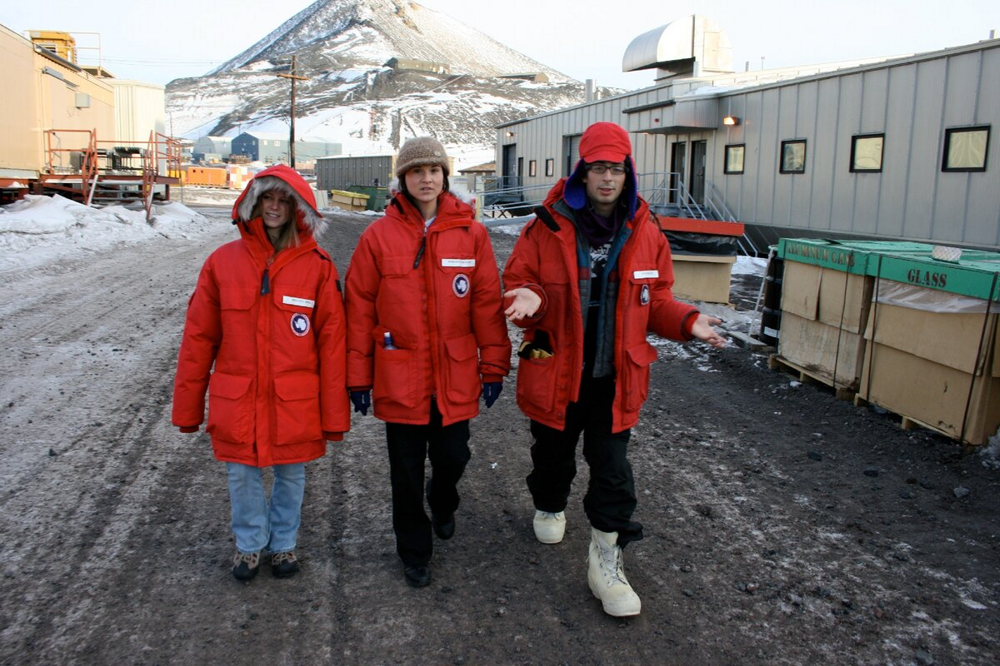
McMurdo - local resort
McMurdo is the warmest place on the mainland. In summer, sometimes the air heats up to +12 degrees Celsius. In 1974, a record was recorded - +15! It doesn't sound so bad - it's better than Moscow in May.
From point A to point B
Onyx is an unusual river. She strives for the ocean, but does not reach it. Since the Center of Antarctica is higher than its edges, it flows north. 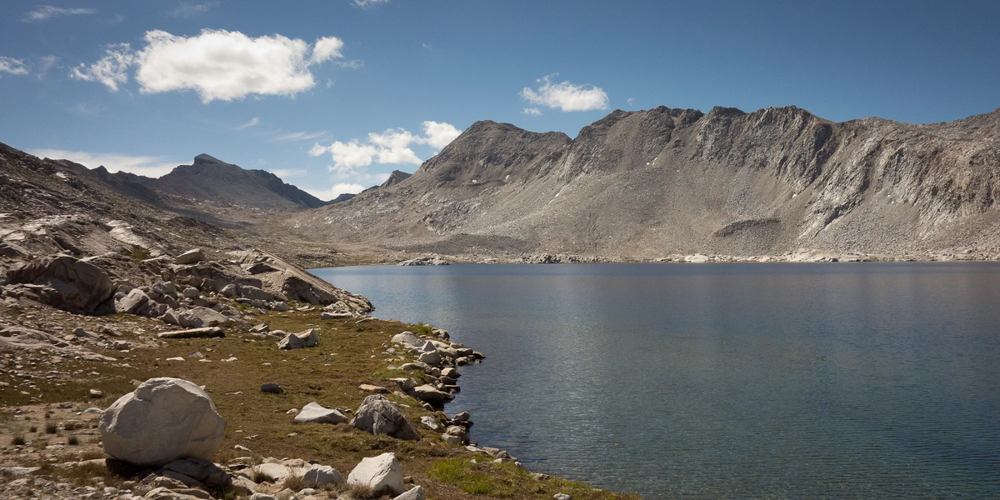
The Onyx rises in one Antarctic lake, Brownworth, and flows into another, Wanda. This is the saltiest lake in the southern hemisphere of the planet. It contains 18 times more salt than the ocean and several times more than the Dead Sea. Its superficial and deeper layers do not mix with each other. The top layer warms up to +4-6°C in summer, the middle layer – up to plus seven, and near the bottom the temperature reaches +23°C.
Sometimes Onyx does not have time to gain enough power to run from one point to another if it gets too cold. Then the river turns into an ice ribbon that “does not reach” the second lake. And it can remain in this state for several years - until a new warming occurs.
Place of attraction
The banks of Onyx are a fairly busy place for these latitudes. There are several weather stations here. Scientists conduct various studies studying the climate and nature of Antarctica. 
From 1968 to 1995, at the mouth of the river, near Lake Wanda, there was a research station with the same name, where scientists from New Zealand worked. They even founded a special “Royal Lake Vanda Swimming Club”. To gain the right to be considered a member, you need to be immersed in water, without any clothes. Those who decided to do this were awarded a badge. 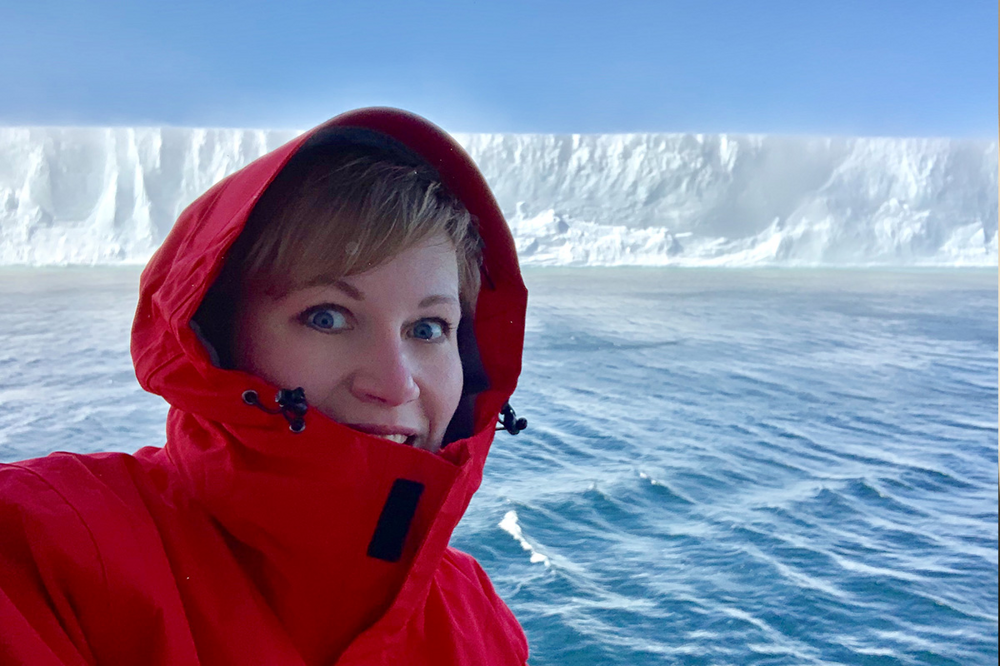
At one time, several people well-known in New Zealand politics joined the club. And the name of the weather station was given to one of the streets in Queenstown, a New Zealand city - Wanda Place.
The station has not been operating for almost thirty years. The New Zealand authorities decided to mothball it because they considered that it had a bad effect on the ecology of the mainland.
Who lives in Onyx
There are no fish in the Antarctic river: they simply could not survive the winter, when the water turns to ice to the very bottom. But life still exists in Onyx - in the form of algae and microorganisms. If the summer is particularly warm, you may even notice algae blooming in the river. 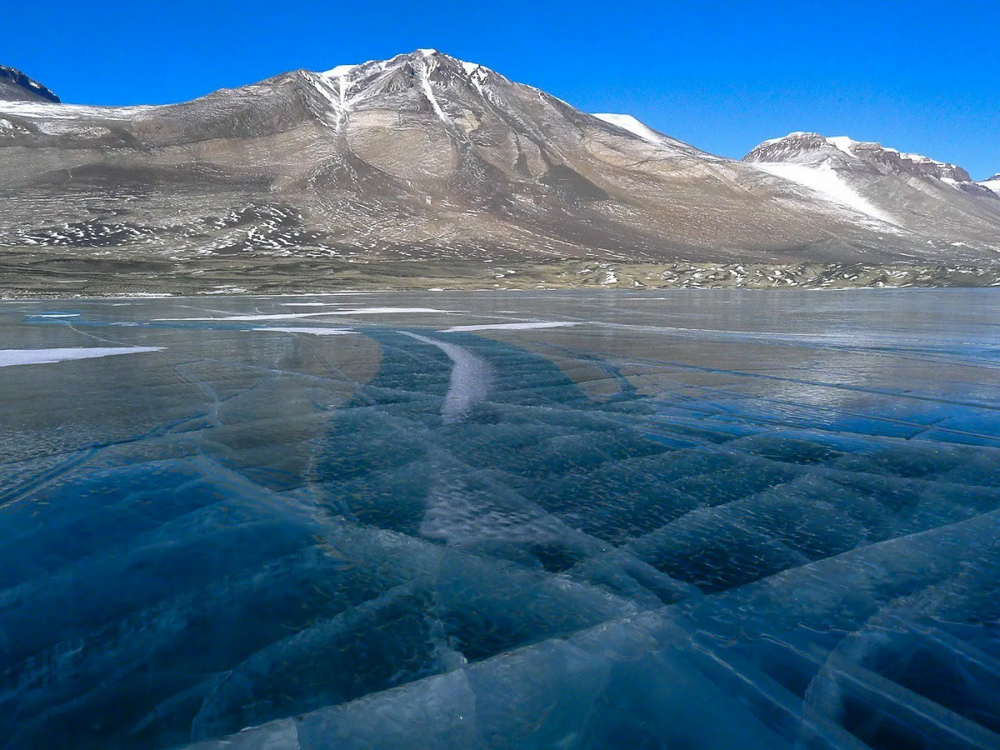
Where do they come from? In the subglacial lakes of Antarctica at a depth of several kilometers, scientists have long discovered bacteria that end up in rivers in the summer. And in the cracks of stones in the snowless expanses of the valleys there are plants. Heating in the sun, the stones support their life, and melt water prevents them from dying of thirst.
Kayak travel
The water in Onyx comes from reservoirs hidden in the Antarctic ice. The temperature in them, according to scientists, can reach +10◦C. When the rays of the Antarctic summer sun melt the ice on the surface, water seeps down and collects in subglacial lakes. When there is too much of it and the pressure increases, it breaks out - this is how Antarctic rivers are born, including Onyx. 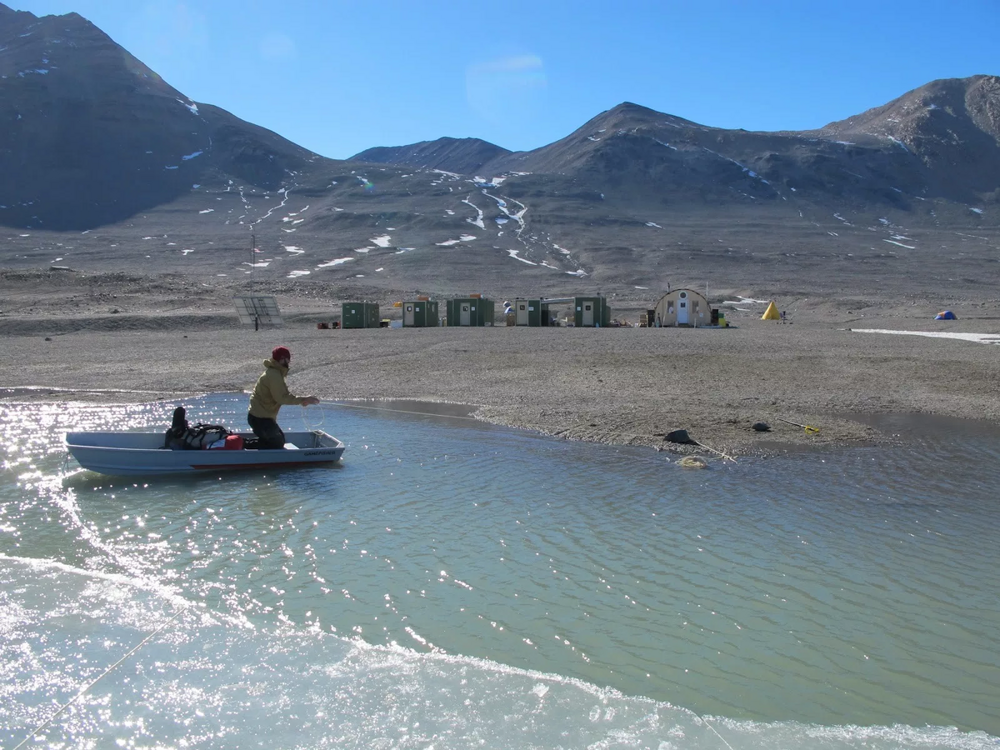
By the end of summer days, numerous streams from the icy ridges flow down and rush to the Onyx bed. And this very shallow river sometimes becomes full and deep.
When the Antarctic summer is relatively warm, water from glaciers can create small lakes, sometimes spreading over 80 kilometers. There are even waterfalls there, and quite large ones – up to a hundred meters wide.
Sometimes you can even sail along Onyx in a boat. Such an experiment was carried out in 1994 by scientists from New Zealand. They arranged a raft trip from one lake to another.
However, Onyx is rarely so deep. Usually in summer its maximum depth does not exceed a meter. More often it resembles just a small wide stream. And sometimes the river does not flow at all - it remains a shiny ribbon of ice all year round. 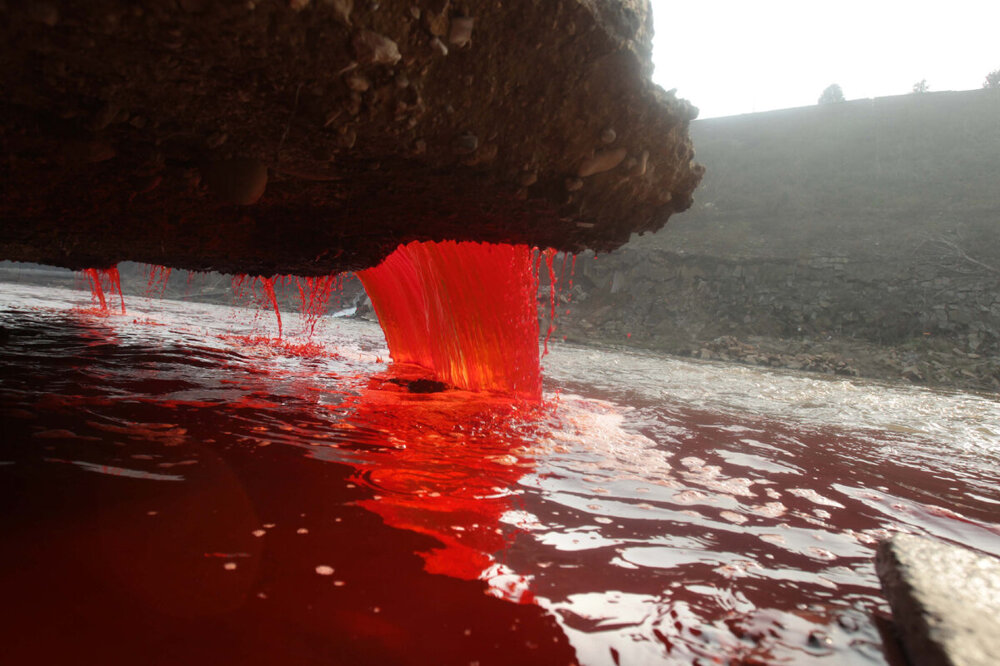
The Bloody Waterfall only looks ominous, but is a completely beautiful natural phenomenon
Not far from Onyx, also in the McMurdo Valleys, is the famous Bloody Falls. It flows from a crack in the Taylor Glacier. And, indeed, it is painted red. The problem is iron oxide, which is found in excess in water and oxidizes upon contact with oxygen. The waterfall was discovered by Australian geologist Griffith Taylor, after whose name the glacier is named.












